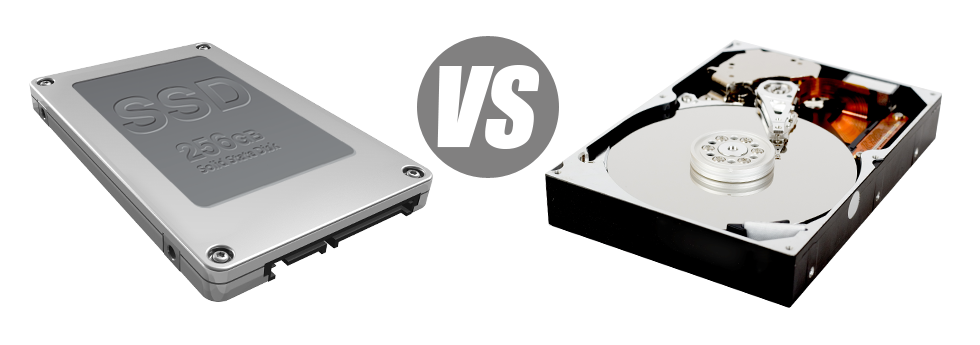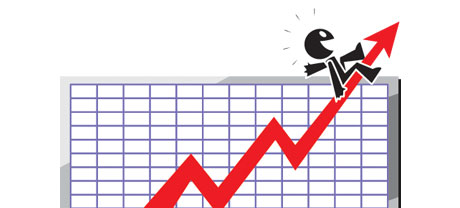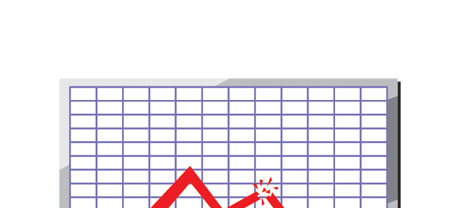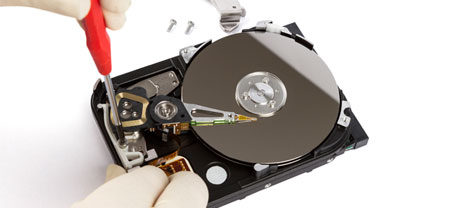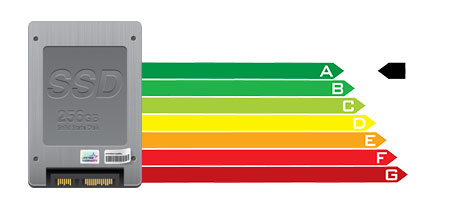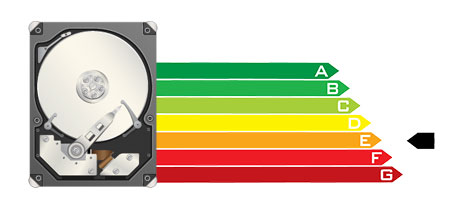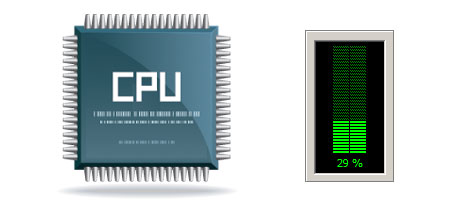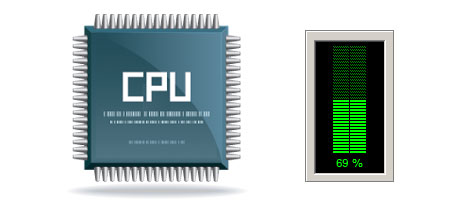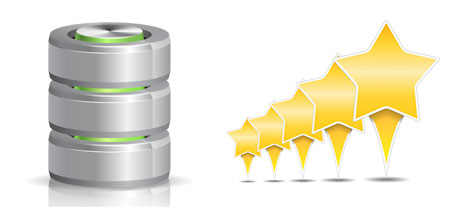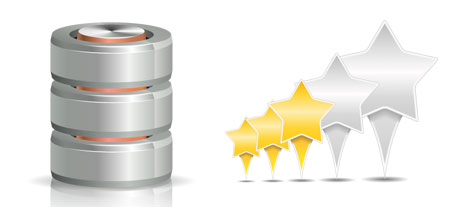For decades there seemed to be only 1 efficient way to keep information on a laptop – using a disk drive (HDD). Nonetheless, this sort of technology is presently expressing it’s age – hard disks are really loud and slow; they are power–hungry and tend to generate quite a lot of warmth in the course of intensive operations.
SSD drives, however, are quick, use up significantly less energy and tend to be far less hot. They furnish a brand new method to file accessibility and data storage and are years ahead of HDDs relating to file read/write speed, I/O operation and then power efficiency. Observe how HDDs stand up up against the newer SSD drives.
1. Access Time
SSD drives give a fresh & revolutionary way of file safe–keeping according to the use of electronic interfaces in place of just about any moving parts and turning disks. This different technology is considerably faster, making it possible for a 0.1 millisecond data access time.
HDD drives make use of rotating disks for data storage uses. Every time a file is being used, you need to await the appropriate disk to get to the correct place for the laser to access the data file you want. This ends in a standard access rate of 5 to 8 milliseconds.
2. Random I/O Performance
As a result of the unique radical data storage approach embraced by SSDs, they feature a lot quicker data access rates and faster random I/O performance.
Throughout WebsiteHosting.bond’s trials, all of the SSDs confirmed their capacity to manage at the very least 6000 IO’s per second.
Having an HDD drive, the I/O performance progressively raises the more you employ the hard drive. Nonetheless, once it gets to a particular cap, it can’t proceed faster. And because of the now–old concept, that I/O cap is significantly lower than what you might get having an SSD.
HDD are only able to go as far as 400 IO’s per second.
3. Reliability
The lack of moving components and rotating disks inside SSD drives, as well as the latest improvements in electronic interface technology have resulted in a much less risky file storage device, with a typical failing rate of 0.5%.
HDD drives make use of spinning disks for storing and browsing info – a technology going back to the 1950s. With disks magnetically suspended in the air, rotating at 7200 rpm, the chances of anything going wrong are usually higher.
The standard rate of failing of HDD drives can vary amongst 2% and 5%.
4. Energy Conservation
SSDs are lacking moving elements and need not much cooling power. In addition they need very little energy to function – tests have demonstrated they can be operated by a standard AA battery.
As a whole, SSDs take in amongst 2 and 5 watts.
HDD drives are famous for getting noisy. They require far more electrical power for cooling down applications. Within a web server that has a lot of different HDDs running all the time, you will need a great number of fans to make sure they’re kept cool – this will make them far less energy–economical than SSD drives.
HDDs consume somewhere between 6 and 15 watts.
5. CPU Power
SSD drives allow for better file accessibility rates, that, in return, permit the processor to finish data file calls much faster and to go back to additional tasks.
The typical I/O hold out for SSD drives is actually 1%.
By using an HDD, you must dedicate time looking forward to the results of your data file ask. This means that the CPU will continue to be idle for extra time, expecting the HDD to react.
The typical I/O wait for HDD drives is approximately 7%.
6.Input/Output Request Times
The bulk of our brand–new servers are now using merely SSD drives. Our personal lab tests have indicated that by using an SSD, the typical service time for an I/O request while running a backup stays below 20 ms.
Compared to SSD drives, HDDs deliver considerably sluggish service times for input/output queries. During a web server backup, the normal service time for an I/O query can vary between 400 and 500 ms.
7. Backup Rates
Discussing back ups and SSDs – we’ve observed a fantastic improvement in the data backup rate as we moved to SSDs. Now, a regular server back up can take solely 6 hours.
Alternatively, with a hosting server with HDD drives, the same back–up could take three to four times as long to finish. An entire back–up of an HDD–driven web server often takes 20 to 24 hours.
To be able to easily boost the effectiveness of one’s web sites while not having to change any code, an SSD–operated hosting solution is a very good alternative. Have a look at the Linux cloud website hosting services packages and our VPS – these hosting solutions feature swift SSD drives and are available at cheap prices.
Hepsia
- Live Demo
Service guarantees
- Each of our Virtual Private Servers is put together for you at no cost. 99.9% network uptime. Full root server access rights.
Compare our prices
- Have a look at our pricing and select the most suitable Virtual Private Server for your active sites. You can easily move up to a more advanced VPS setup with just a click of the mouse.
- Compare our hosting plans
Contact Us
- It is easy to make contact with us 24/7/365 by email or by using our really–fast ticketing system. Our company offers a 1–hour reply time frame guarantee.
